Spoleto is packed with brutal and sublime history even before the world gives it names. Centuries on, in the twentieth, the history of human creativity is still in the streets, in the very stones as certain artists chose it as an environment in which to live and to express their own accurate and deeply emotional statements that took modernism from revolution, surviving the holocaust, to the likes of conceptual art and minimalism.
David Gothard CBE, Hon. Artistic Advisor,
Mahler & LeWitt Studios read complete text
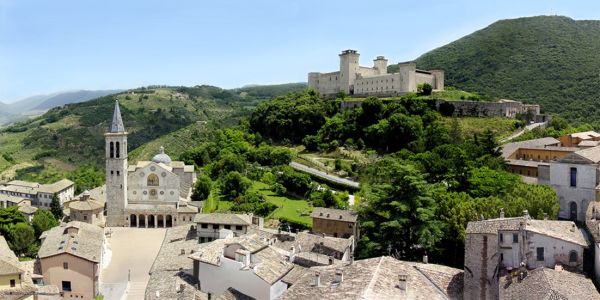
As a stone sculptor, Anna Mahler felt an affinity with Spoleto and its architecture – it is not surprising that the most important art history book on the town is titled ‘Spoleto in Pietra’ [Spoleto in Stone] and that it was written by her close friend, the esteemed Professor Bruno Toscano. Spoleto is a palimpsest of innovative design and art, charting the millenia. Across the old town you’ll find primitive Bronze Age Cyclopean walls, massive stones roughly hewn in hexagonal forms designed to slot together without cement. Close to Casa Mahler is the Piazza del Mercato, the centre of the old town, built on the footprint of the Roman Forum – here you can visit one of Spoleto’s nine museums: a Roman Villa with rooms and mosaics intact. The Via Flaminia – the trunk road from Rome to Ravenna, which facilitated the expansion of the empire – ran through this square. Subsequently, the invading Longobards made a base in Spoleto and Chiesa San Simone – a beautiful space cobbled together using the remains of Roman buildings – is a UNESCO world heritage site. Medieval Spoleto is the most visible, giving the town it’s characteristic winding alleys, which the Italian conceptual artist Richard Nonas celebrated in his artists’ book ‘Lost in Spoleto’.
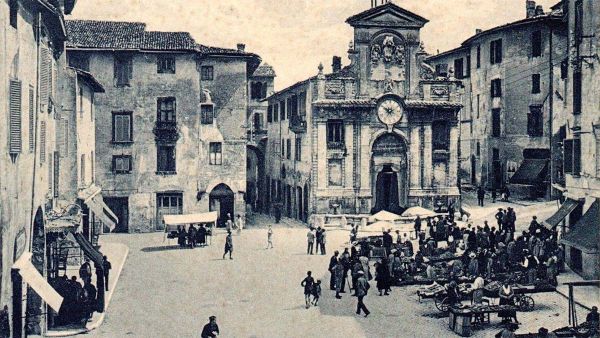
The population of Spoleto is around 40,000, including both the old town, which is enclosed by medieval walls, and the new town, which spills out into the countryside. The old town reaches up the hill towards La Rocca Albornoziana at its peak, a formidable 13th century fortress which dominates the skyline. A kilometer long ‘giro’, or pathway, packed by locals on Sunday afternoons, circles the fortress and boasts stunning views back down the valley as far as Assisi; the wine country of Montefalco to your left, olives to the right.
The giro leads to the famous Ponte delle Torri, a colossal medieval aqueduct marveled at by Goethe on his Italian journey. A path across the aqueduct connects the town directly into the mountains (a five minute walk from Casa Mahler) – initially the forested paths will take you up Monteluco, where you can visit the 11th century cells of a monastery where St Francis stayed. There is also a “sacro bosco”; a forest used for religious purposes since pagan times. A 4th century BC tablet was found in the forest – known as the Lex Spoletina and claimed by some to be the first environmental law, it designates the area as sacred and warns visitors not to litter (a replica now stands in the forest, the original is found in Spoleto’s archeological museum).
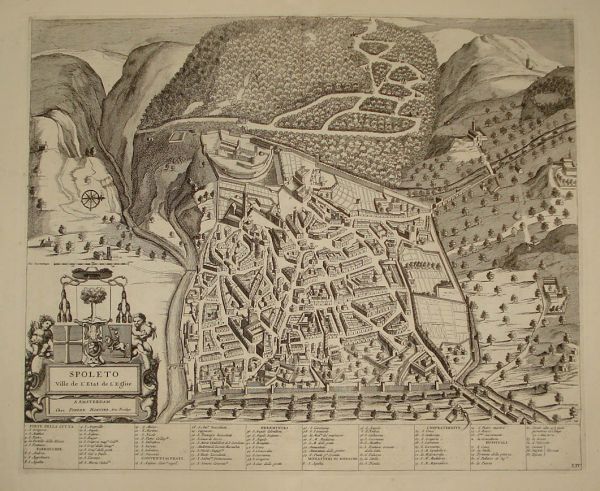
You can attempt longer walks into the neighbouring valley, the Valnerina, down which flows an icy cold mountain river. The Valle del Umbra is rich territory for day trips; the popular routes would take you to Assisi (40mins) to see the Life of St Francis cycle of frescoes by Giotto, as well as paintings by Cimabue and others, to Deruta (50mins), one of several centres of ceramic production in Umbria, and to Montefalco (20mins) to explore the vineyards.
The best book in English on the history of Umbria and Spoleto is ‘Umbria: A Cultural History’ by Jonathan Boardman. You will find copies of this book in the house.
Skipping through the Renaissance (frescoes in the Duomo by Filippo Lippi and Pinturicchio), Baroque (Teatro Caio Melisso, recently restored by Fondazione Carla Fendi, is one of the most beautiful opera houses in Italy), and everything in between, we arrive in the second half of the twentieth century and the founding of the Festival di Spoleto, or Festival dei Due Mondi, by the composer Gian Carlo Menotti in 1958. Menotti chose Spoleto for his festival because of its proximity to Rome and the wealth of spaces suitable for performance – the Teatro Romano, two opera houses and countless piazzas and deconsecrated churches. It was the first multi-disciplinary arts festival of its type, incorporating music, dance, theatre, the visual arts, literature and film. You can visit the festival documentation centre at Casa Menotti. The visual arts aspects of the early festivals were organised by the renowned art historian and curator Giovanni Carandente. Traces of his programs still grace the town, including a Buckminster Fuller built geodesic dome, the largest stabile Alexander Calder ever made, Teodelapio, and sculptures by Beverly Pepper, Lynn Chadwick, and Pomodoro amongst others. The Palazzo Collicola Arti Visive, Spoleto's gallery of modern art, is set up around Carandente's personal collection and archive. It is well worth visiting.
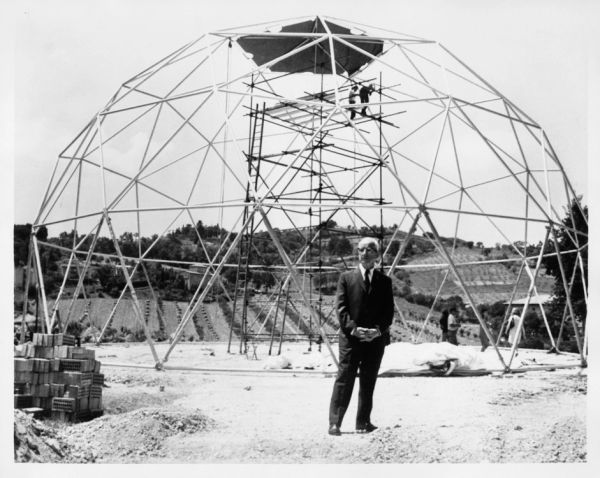
Spoleto offers you quiet and concentration, yet with a vibrant and inspiring culture away from metropolitan centres. Anna was not alone in finding it an ideal place to live and work. The pioneering American conceptual artist Sol LeWitt started visiting Spoleto in the late 1960s and lived here throughout the 1980s, keepig a studio next door to Anna’s. A program of artist residencies and projects, making use of their former studios and celebrating their legacies, runs throughout the year as the Mahler & LeWitt Studios (see the ‘Projects’ tab). We can arrange a visit to the LeWitt studio during your stay in Casa Mahler.
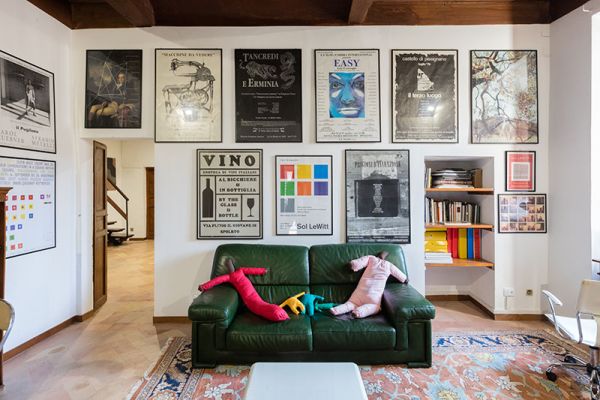
The Spoleto Art Network will give you an idea of the many arts associations operating in the town – including Teatro Lirico Sperimentale and La Mama Umbria International. The Comune di Spoleto's tourism page also offers more information:
comune.spoleto.pg.it/turismoecultura/en
This potted synopsis can only scrape the surface and doesn't mention the culinary or social offerings of Spoleto (truffles, sagra, our favourite restaurants and their owners and patrons). Once your stay at Casa Mahler is arranged, we look forward to sharing more.